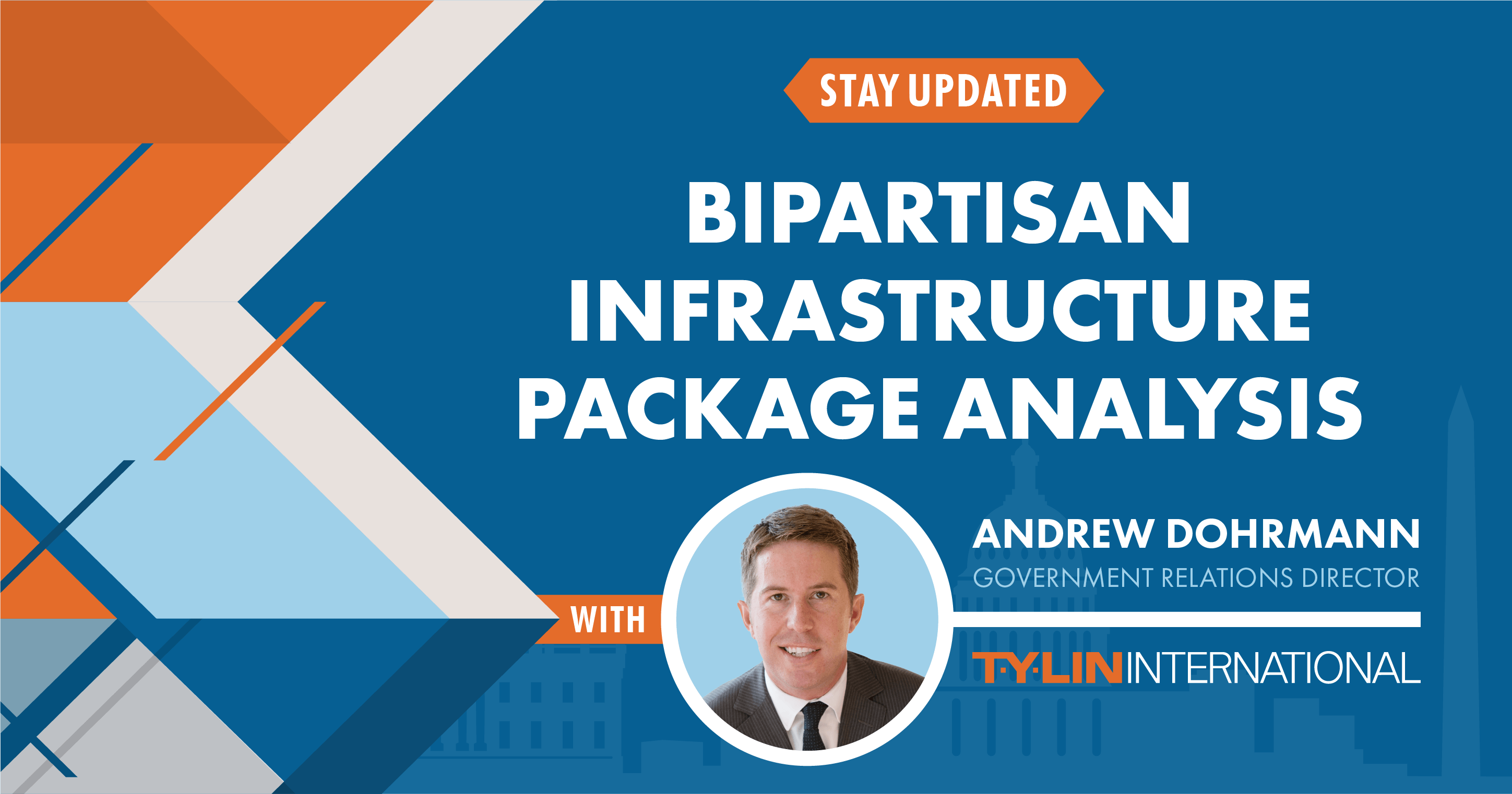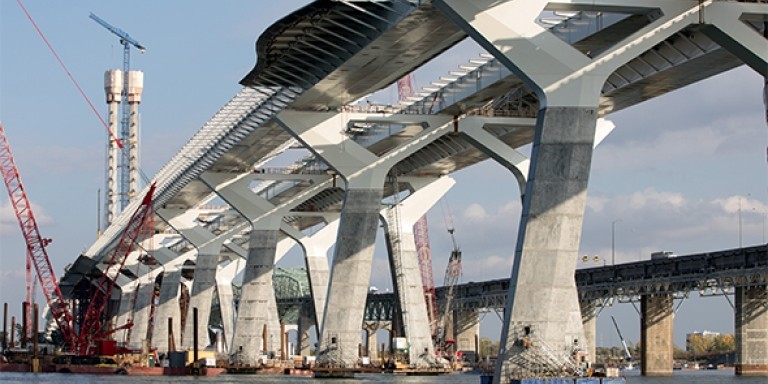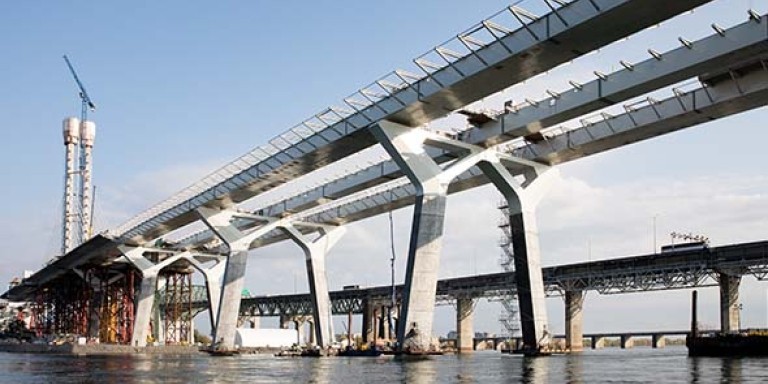Analysis of the Infrastructure Investment and Jobs Act

The legislative path that brought the Infrastructure Investment and Jobs Act to the Senate floor was unorthodox, but it has gained enough momentum to lead to its likely passage in the Senate within the next week.
Analysis
This bill is a prime example of the mantra ‘don’t let the perfect be the enemy of the good’ that prevails in Washington DC. Certain aspects of the bill, in particular what’s not included, have disappointed some progressives and advocacy groups. Chairman DeFazio is understandably frustrated his INVEST in America Act (years in the making) has been ignored by the Senate. However, when looking at the funding included in this package, it provides transformational funding increases for a broad range of infrastructure sectors long overdue for increased federal support.
Upon the anticipated passage of this bill in the Senate, the timing for the House of Representatives to take up this measure is unclear because it is linked to the larger budget reconciliation package currently under development. But we can be relatively confident this package will become law and provide both an immediate and long-term infusion of infrastructure funding.
This update will highlight the transportation portions of the bill. The next update will highlight the non-transportation infrastructure funding in the package.
Overview of Transportation Funding
The bill provides $550 billion in new infrastructure spending. But the total package is close to $1 trillion due to the baseline spending for existing infrastructure programs. • It is important to understand this package provides funding in two different ways for transportation programs. It includes a reauthorization of the FAST Act, with major increases in funding for existing formula and grant programs, as well as billions of dollars for new grant programs focused on resiliency, carbon reduction, and safety. This portion is $90 billion above baseline funding levels. • It also provides $184 billion in appropriations to supplement the above-mentioned programs as well as new programs.
This means over the next five-years an additional $274 billion in federal funding will be provided for a transportation infrastructure. For perspective, these are the increases for each modal administration within USDOT, above their current levels.

To understand what these increases mean in terms of real funding, see the following examples of current year (FY 2021) versus FY 2022 highway and transit funding:

Transportation Highlights
The package contains many new and increased funding opportunities. The following are some of the most noteworthy provisions:



How will the Funding Flow?
This package is structured completely differently than the 2009 ARRA. Most importantly there are no ‘shovel-ready’ requirements. The negotiators wisely include a large initial increase in funding, which then grows gradually. This is done through ‘Advance Appropriations’, which means that this package makes a one-time appropriation of this funding and then for most programs those funds become proportionally available for the next five-years.
Most of the funding flows through existing formula programs (e.g., FHWA, FTA, FAA) and more. This means upon enactment in the next month or two, federal agencies will rush to release as much Fiscal Year 2022 funding as possible. There are also new formula programs created (e.g., resiliency and bridge funding) in which local governments should be preparing to pursue funding for projects in what will be competitive in-state environments.
Exciting funding opportunities lie within the existing discretionary grant programs (e.g., RAISE, INFRA, CRISI and Port Infrastructure Development grants) that have grown substantially. This will lead to Notice of Funding Opportunities (NOFO) for those programs towards the end of this year or early 2022, for an unprecedented amount of grant awards to be announced before the 2022 elections.
The other large funding opportunity is through new grant programs. These range from highway safety to airport landside development to mega-projects of national significance, ITS, and more. It will take federal agencies time to develop the guidelines for these new programs, so it is likely NOFOs for newly created programs will likely occur in early 2022.

Related News
-
Mar 23, 2020
Niagara Falls State Park Transformation Project Featured in Civil Engineering
Articles and PublicationsCompany News -
Dec 20, 2018
New Champlain Bridge Featured in Engineering News-Record
Articles and PublicationsProject NewsInnovation -
Nov 18, 2018
New Champlain Bridge Ranks #1 in Roads & Bridges’ Top 10 Bridges
AwardsArticles and Publications


